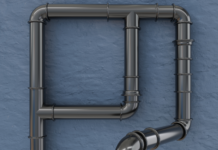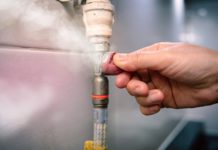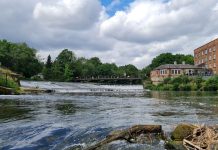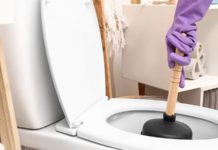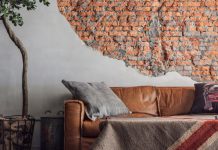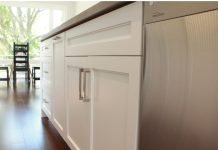Pipes are essential building components with various uses. They direct clean water into homes and act as drainage channels. Aside from plumbing, pipes also help protect roofs and walls from water damage. Piping systems also help maintain the structural integrity of homes and commercial buildings.
Although pipes are made from sturdy materials and hidden underneath floors or behind walls, they are still prone to damage. Tree and plant roots can cause cracks while freezing temperatures can cause them to burst. Older pipes corrode due to water acidity, while poor maintenance can result in leaking lines. If any of these happen to your pipes, you can replace them through a non-invasive process known as Cured-In-Place Pipes or CIPP.
What Is CIPP Lining?
Cured-In-Place Pipes or CIPP is a preferred solution for old or damaged pipes. It is widely used for pipe rehabilitation in residential and commercial structures.
With this method, you don’t have to dig extensively underneath or all around your property. You can repair pipes with CIPP lateral liners, which are tubes made from special resin. These tubes are insulated with polyethylene and plastic to make them waterproof and damage-resistant.
CIPP lining is a pipe within a pipe that is known for being durable and reliable for all types of pipelines. The liner is injected into a broken pipe and undergoes a hardening process to create a new tube inside the existing line.
Pipe Rehabilitation Through CIPP Liners
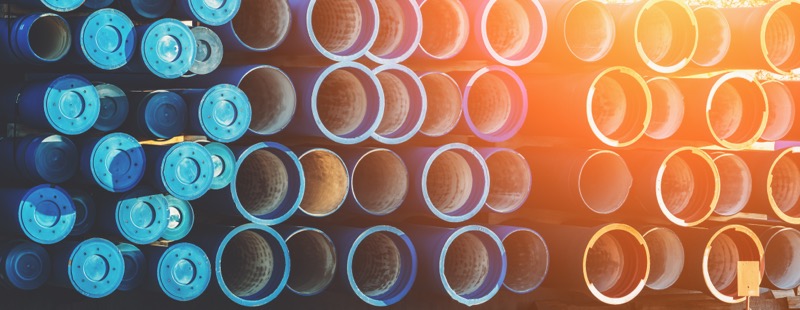
Pipe rehabilitation through CIPP liners is a convenient and cost-effective solution for your home or office. Contactors can complete the project in a few hours. Here are some of the things you can expect during the pipe repair process.
1. Pipe Inspection
Pipes are inspected using a mini video camera to check for holes and cracks. Workers survey all existing connections to determine the actual condition of your pipes. A thorough inspection can show possible root intrusions or clogged areas, or gaps within the piping system. Contractors then use this information to assess the extent of the damage and formulate plans for pipe rehabilitation.
2. Cleaning
Once issues are identified, workers can then begin the repair. The first thing they do is clean broken pipes. Rotator blades or high-pressure flushers remove roots and debris. Alternately, contractors may also use a sewer vacuum or a vacuum truck to clear any obstructions.
Water, sewer, or gas pipes are then sealed off as preparation for CIPP liner infusion. At this time, professionals may request you to limit water-related or waste disposal activities so they can work on your pipes.
3. Lining Insertion
Pipe professionals then access a utility hole to begin liner insertion. They use a remote-controlled device to perform a wet-out process. The machine injects resin made from fiberglass polyester cloth and other compounds into the damaged pipe. It fills the entire pipe system from the upstream and spreads to all connections that require repair.
4. Hardening
Once all pipes are injected with CIPP lateral liners, the resin is then subjected to heat. Some professionals use steam, while others utilize UV light for it to harden. The curing process usually takes about 3 hours. Heat allows the resin to set, building a new pipe wall inside the existing pipe.
Aside from filling in gaps or cracks, the liner also creates a thin film that insulates CIPP from water, dirt, and corrosive agents. This ensures that the newly installed pipes are protected from future damage.
The hardening process can cause some discomfort to those within the building. Homeowners or tenants in a commercial building may sense a plastic-like smell during this time but it will eventually dissipate once the process is done. You can minimize the odor by sealing off floor drains and sinks with a small amount of water.
5. Quality Control
Pipe professionals then perform quality control measures to ensure that the pipe rehabilitation through CIPP liners is successful. They restore the plumbing, gas, or sewer system and perform tests to check if there is an improvement in water flow or waste removal. After they confirm a successful installation, homeowners and tenants can resume using the piping system as usual.
Conclusion
Pipe rehabilitation through CIPP liners is a cost-effective solution to old or damaged pipes. It can be used to rehabilitate different piping systems in homes, businesses, and communities. The straightforward process involves cleaning, liner insertion, and curing to create a new tube within the existing pipe.
The unique resin is coated with a protective film that fills all cracks and gaps and makes lateral connections resistant to water, debris, and corrosion. Not only will pipes become more efficient in handling water or waste disposal, but CIPP liners also ensure that your pipes are resilient and long-lasting.


